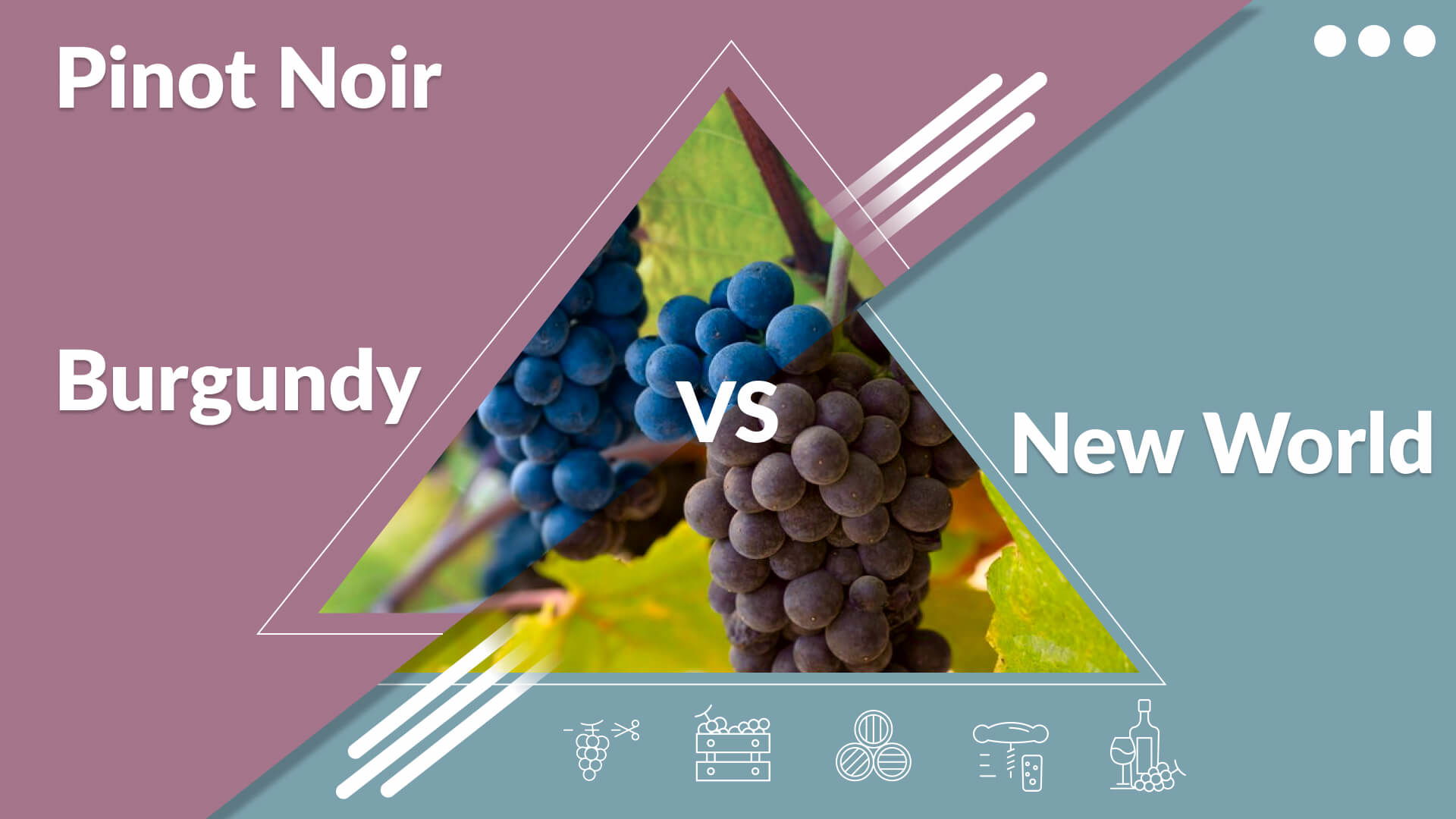
There aren’t many grape varietals that have reached Pinot Noir’s level of mystique. It is a sensitive, temperamental grape, best summed up in Paul Giamatti’s infamous monologue from the movie Sideways: “Pinot needs constant care and attention, you know? And in fact, it can only grow in these really specific, little, tucked away corners of the world.”
Exceptional Pinot Noir comes from a few specific locations around the world - Burgundy, in the heart of France, is without a doubt, the best known, but there are a few, special locations around the New World that have proven their Pinot-growing potential. In this article, we delve into the differences between classic, homegrown Pinot Noir, and the vibrant New World iterations that have popped up in these tucked-away corners. Of course, we will be recommending you a few wines along the way.
What are the differences between Old World and New World Pinot Noir?
Pinot Noir has a reputation as an artisanal grape - it’s for those who are dedicated to the vineyards and aren’t afraid to get their hands dirty. Climate and the winemaker’s own style leave a noticeable stamp on this delicate wine. It originates from the French region of Burgundy, and thus, the names “Pinot Noir” and “Burgundy” have become almost interchangeable.
It is grown in other parts of the “Old World”. In Germany, Pinot Noir is known as Spätburgunder - it is also grown in Alsace, the Loire Valley, and warmer regions from southern Europe, such as Tuscany in Italy, or Catalonia in Spain, where it is sometimes incorporated into sparkling Cava wines.
As a general rule, Old World Pinot Noir is known for being subtle, down-to-earth, and highly acidic. As with most other varietals, its Old World counterparts are better known for their subtlety, whereas the New World versions are better known for their ripe, fruit-forward character.
However, these rules no longer stand true. Pinot Noir from Andean vineyards in Argentina, for example, are even more acidic than their Old World counterparts. In fact, it might be fairer to characterise New World Pinot Noir by its experimental nature - New World winemakers tend to utilise more extreme terroirs, experimental blends, and unusual techniques, whereas in the Old World, winemakers tend to stick to tradition.
Are Old and New World Pinot Noirs different in quality? We’ve all heard of the Judgement of Paris - the watershed moment for American wine, where Californian Cabernet Sauvignon was blind-tasted against Bordeaux wine, and to the surprise of many wine elitists, got rated higher.
Well, in the documentary “Somm 3”, Pinot Noir was given its own version of the judgement. At a blind tasting event, attended by seven of the best wine tasters in New York City, New World wines once again proved their worth. The Californian Bloom’s Field Pinot Noir tied for first place, alongside a traditional Volnay from Burgundy.
If you want a taste of some truly premium New World Pinot, the very same Bloom’s Field is available on our website.
However, as we will soon find out, New World Pinot Noir is not all about California…
Where is Pinot Noir grown in the New World?
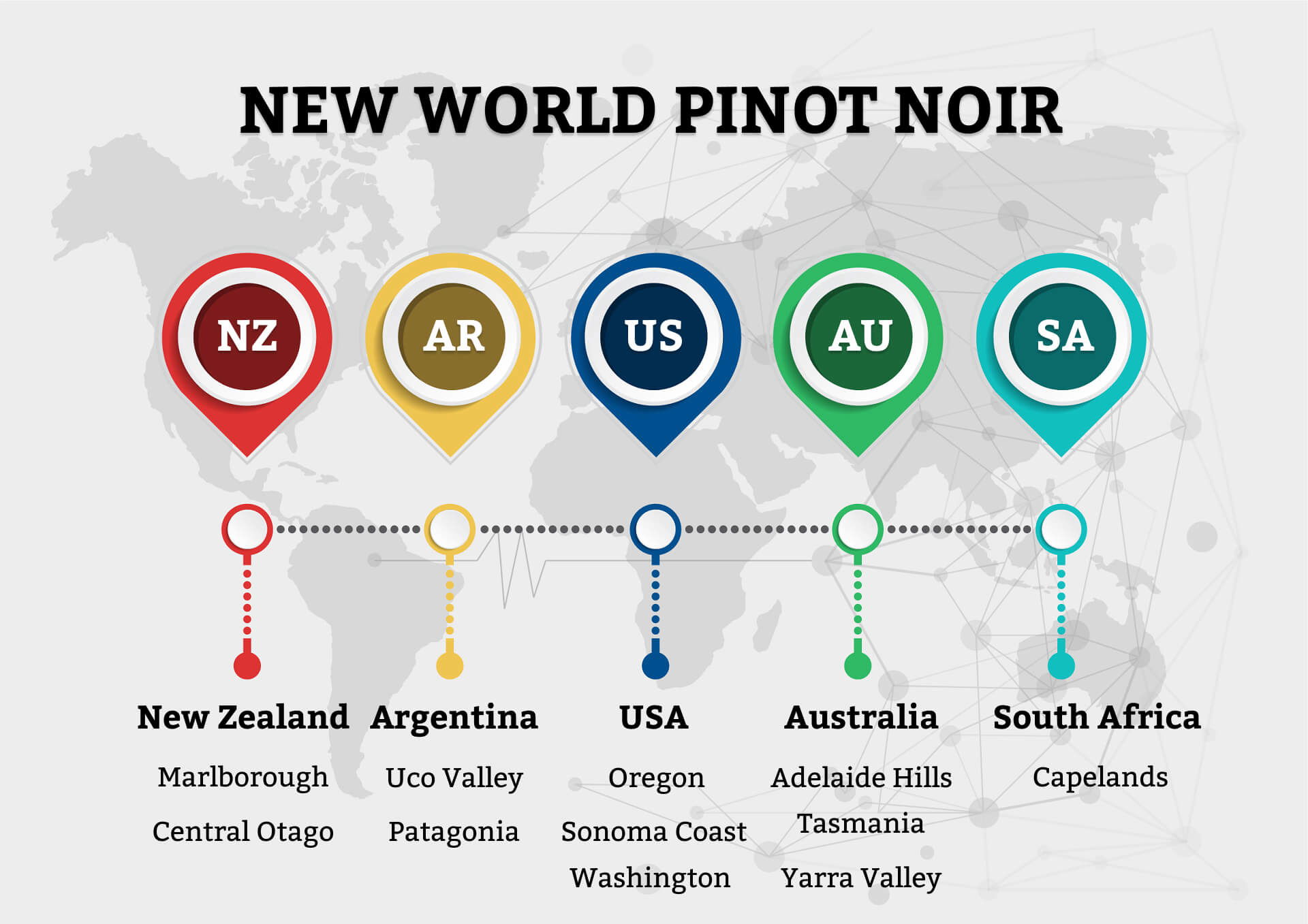
So where are these little corners of the world, where Pinot Noir grows the best? To start with, the sunny, salt-sprayed terroirs of New Zealand have gained a reputation for high-quality Pinot Noir. It is the second most grown grape after Sauvignon Blanc, and much like the white grape, the Pinot Noir here is known for being precise, aromatic, and highly strung. Marlborough and Central Otago are two of the biggest regions to keep an eye out for.
Another location making waves with experimental, high-altitude Pinot Noir is Argentina. This country is home to some of the most extreme terroirs in the world, and winemakers have taken full advantage of this fact. Uco Valley has given birth to some truly extraordinary wines, and further south in Patagonia, there is a wealth of grape-growing land, which is still being explored.
Australia, although it is better known for its bold red wines like Shiraz and Cabernet Sauvignon, is also home to bold winemakers who have been experimenting with Pinot Noir for decades. Adelaide Hills is the region leading the pack, but you can also find interesting expressions of the grape from the windswept island of Tasmania, or other cooler climates around the continent, such as Yarra Valley.
Of course, Pinot Noir has become extremely popular among Californians in the USA. It grows in the foggy, ocean-influenced regions of the Russian River Valley AVA, where it has a reputation for being slightly more full-bodied and fruit-forward, as well as Sonoma Coast AVA, where it is known for fresh acidity and elevated flavours.
While California is generally renowned for its fruity Pinot Noirs, in the Pacific Northwest, Pinot Noir has found a new home, rivalling Burgundy in terms of its subtlety. This thin-skinned grape is the pride and joy of Washington and Oregon. In Oregon, Willamette Valley has gained a reputation for its earthy, delicate Pinot Noir, and in Columbia Valley and Walla Walla Valley in Washington, it is produced in a variety of styles, from funky, earthy, and in-your-face, to a more subtle, Old World-influenced style.
Pinot Noir never gained much traction in South Africa, but still, you can find Pinot from the Capelands on your shelves. Other unusual locations, which may still be considered “New World”, despite being closer to Europe, include the UK and Moldova, where the grape has been finding a foothold in recent years.
What is the difference between Burgundy and New World Pinot Noir?
Origins and Terroir
Burgundy
When it comes to Pinot Noir, all roads and lines of research lead back to Burgundy. Its exact origins have been lost to time, but Burgundy is certainly the birthplace of the grape.
What makes Burgundy so special? About 200 million years ago or so, the region in central France was covered by a primordial sea. This gave rise to limestone-rich soils, which impart a subtle minerality to the wines here. As an endemic species, the grape is also irrevocably tied with the land. Warm summers, cool nights, and long, steady autumns, lend a slow ripening effect to the fruits, which in turn, imparts a complex, subtle character to the grapes, which is largely the reason why Burgundy is so famed.
There are subtle variations between regions. For example, Gevrey Chambertin is renowned for its masculine, full-bodied, and slightly rugged character, thanks to the slightly deeper, clayish soils in this part of Burgundy. This bottle from Domaine Denis Mortet is a perfect example, bursting with black fruits and scents of animal musk.
Move slightly south to Morey Saint Denis, however, and although the wines share the rustic character of Gevrey Chambertin, they are considered to be more high-toned, with a strong vein of minerality, gained from the more limestone-rich soils. For an example, check out this wine from Albert Bichot, which shows an excellent balance of fruit and earth, and fantastic structure.
New World
In contrast to Burgundy’s cool continental climate, the majority of New World locations are defined by their hot, sunny weather. The effect of a grape ripening under the scorching Californian sun, for example, has pretty much the effect that you would expect - it matures faster, and often ends up being fruitier and bolder than Pinot Noir from the cool interior of France.
However, it is difficult to group all New World Pinot’s under one umbrella. The ocean influence that we see in New Zealand, for example, imparts a generous, expressive character. The influence of high altitude and poor soils in Argentina’s mountainous vineyards gives the wine complex fruit flavours and buckets of acidity. Meanwhile, in locations like Washington and Oregon, Pinot Noir has found success in sheltered spots away from the desert heat, where the soil is rich in limestone, much like Burgundy.
Winemaking Techniques
Burgundy
Although there is endless variety among winemakers in the region of Burgundy, one thing is certainly true - there is a great respect for tradition and the land. Winemakers generally adopt minimal intervention methods, allowing the nature of the site to shine through. In short, the magical soils of Burgundy do a lot of the work for them.
Methods that directly affect the character of the wine, such as ageing in oak barrels, are used sparingly. Whole cluster fermentation, (the act of fermenting grapes with stems included) is more common in Burgundy, though some winemakers choose to use smaller percentages of stems, and some opt to remove stems entirely.
For example, this wine from Domaine Jessiaume is completely de-stemmed and cold soaked before spontaneous fermentation begins. The winemakers opt to age the wine for 14 months in oak before release, which returns a slightly tannic edge, following the removal of the stems. The techniques used depend on what the region, or even the vineyard, calls for.
One significant difference within Burgundy, that simply cannot be replicated elsewhere, is the use of wild yeasts. Pinot Noir is native to Burgundy, so on a microscopic level, the grapes of Burgundy are unique - winemakers rarely add cultured yeast, like their New World counterparts, which brings a certain “je ne sais quoi” to Burgundian Pinot Noir.
New World
On the other hand, given how fickle and temperamental the grape can be, Pinot Noir grown in New World regions can require a lot more work, and every site needs a different approach to achieve purity of fruit.
Some winemakers employ the technique of cold-soaking, where the whole grapes are soaked for a few days before fermentation, to extract colour and flavour from the grape skins. In other cases, grapes are macerated in a tank with carbon dioxide, to prevent contact with oxygen (carbonic maceration).
One example of the technical variations among winemakers in the New World, is the Willamette Valley, where climate change has allowed grapes to ripen more consistently, opening the door to experimentation. Whole cluster fermentation, as mentioned above, has become increasingly common, as winemakers seek to add tannic structure, complex flavours, and a certain maturity to their wines.
Flavor Profiles
Burgundy
Although so far in this article, Burgundy has been described as “subtle”, and “earthy”, there is a lot of variation among the different vineyards of Burgundy. Each sub-region has an archetypal wine, so to speak, also known as a “Burgundian typicity”.
For example, Marsannay, in the north, is known for its intense red colour and full-bodied mouthfeel. This excellent example from Domaine Charles Audoin would be considered a classic Marsannay, a complex, critically acclaimed wine, with lots of structure and longevity.
However, if you head south to Vosne-Romanée, you can discover vineyards which are renowned for their perfect balance of weight and elegance. In a word, Burgundy is nuanced. The region can be considered as a whole - in terms of flavour, think tart red fruits, minerality, and earthy mushroom notes - but each specific vineyard accentuates different aspects of this classic profile.
New World
Among the wines of the New World, the differences are more exaggerated than among the regions of Burgundy. A ripe, bold expression from the Russian River Valley, for example, will almost seem like a different grape when compared to a crisp, aromatic Marlborough from New Zealand.
The New World Pinot Noir Wines we Suggest you Try
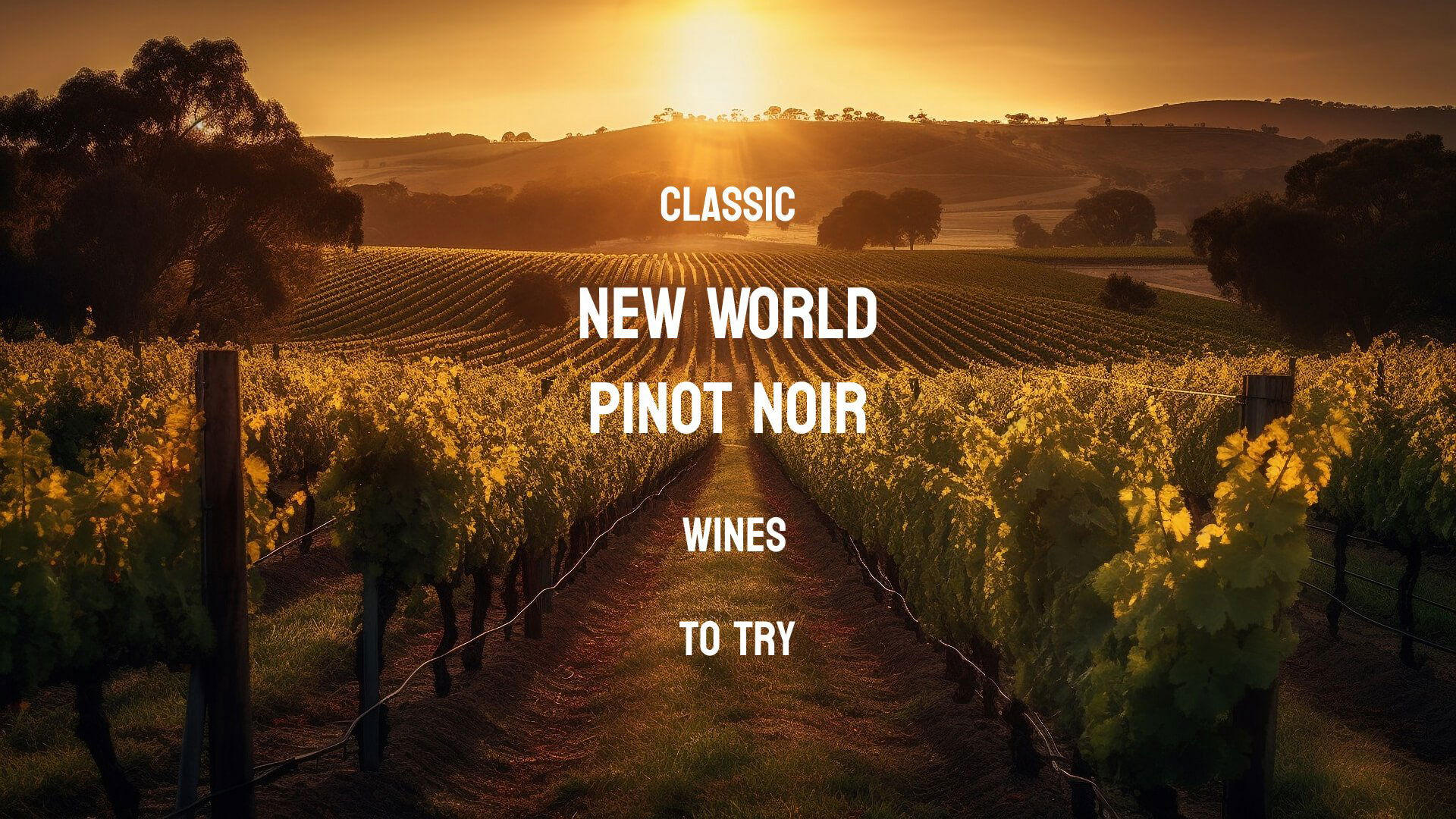
In this section, we’ll explore some classic examples of New World Pinot Noir that you can really sink your teeth into, and discover the variety for yourself. Each one is an archetypal example of the country or the region’s style, ideal for a comparative tasting, or for matching to a regional dish.
USA
Let’s get started with the most fruit-forward, a classically Californian Pinot from Belle Glos. It was harvested from a foggy site just 13 miles from the ocean, which helped to temper the Californian heat. Nonetheless, this is a remarkably full-bodied wine, with ripe notes of blackberry pie, caramel, cloves, and cigar. It’s complex, yet undeniably voluptuous, making it a perfect representation of the American West.
If Belle Glos is out of your budget, you can still get a taste of the Golden State via the Bread & Butter Winery, based in Napa Valley. This one is more on the medium-bodied side, but it is still packed with juicy notes of dark berries, and is a brilliant, food-friendly wine overall.
Australia
Sticking to more full-bodied styles for now, we highly recommend Australia’s Yarra Valley region. This Pinot from Yarra Yering boasts even more exaggerated, sunny flavours than the competition in the wider region, largely due to the clayish soils of the Gruyère sub-region, where the grapes were sourced. It is a royal purple in the glass, giving notes of plum jam, violet, and sour cherry. Its fruits are incredibly concentrated, making it entirely different from the classic Burgundy style, and a brilliant representation of Western Australia.
Argentina
Nobody has shaped the Argentinian style of Pinot Noir to the same degree as the Catena family. Grande Pere from Domaine Nico is one of those genre-defining wines. It was harvested from vineyards that reach up to 1500 metres above sea level, imbuing a remarkable freshness and acidity to the wine. Look for notes of sharp, red fruit, and elevated aromatics on the nose, which give a sense of subtlety and class.
For another extreme terroir, take a peek at Barda from Bodega Chacra, which is located in Patagonia. It grows on soils deposited by an ancient glacier, and unusually for the New World, it is fermented using indigenous yeasts. This is a wine for the purists: it is loaded with notes of pomegranate, raspberry, and smoke.
New Zealand
Down in New Zealand, Marlborough is probably the most famous wine-growing region, both for Pinot Noir and Sauvignon Blanc. However, we’ve opted for a slightly more niche recommendation - this Craggy Range Pinot from Martinborough.
This small region is defined by its stony soils, forcing each vine to put all of its energy into extremely concentrated fruits. Craggy Range takes a decidedly Old World approach, making their wine from single vineyards, and using wild yeasts. However, the profile of the wine itself is undeniably New World, with vibrant, elevated character, and mouthfuls of juicy red fruit.
Moldova
Earlier, we mentioned a couple of European locations that lie outside the traditional “Old World” countries. One of those is Moldova, which boasts a rich grape-growing culture on the edge of the Black Sea. For a unique Pinot Noir experience, we wholeheartedly recommend this wine from Chateau Purcari.
It was aged in French oak barrels, and showcases medium tannins and a round texture in the mouth. Look for cassis, violet, sour cherry, and wild strawberry.
Conclusion
As you can see, Burgundy versus New World Pinot Noir is an incredibly rich area for discussion, and we have barely scratched the surface. At 8Wines, we’re proponents of learning by doing - there’s no better way to educate yourself than by trying some of these wines in person. Explore the entire range on our website, and find the Pinot Noir style that best suits you.







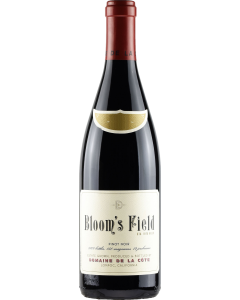
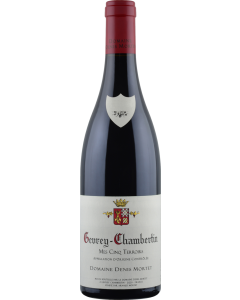
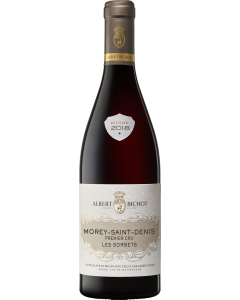
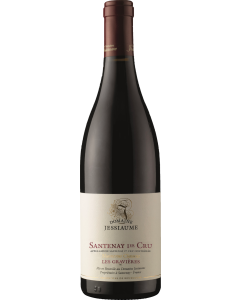
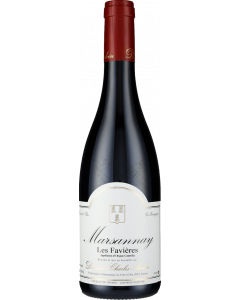

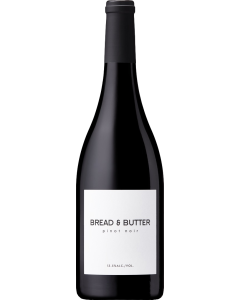




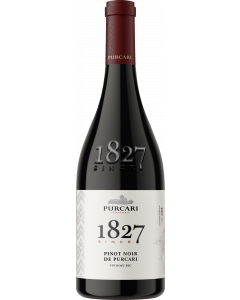



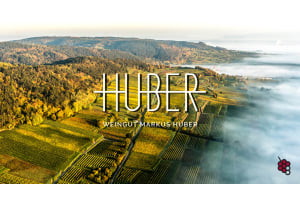
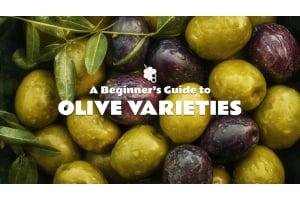
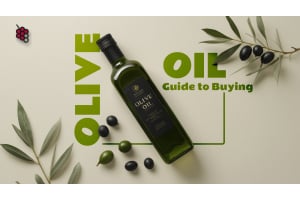



wszystko poprawnie i zgodnie z zamówieniem. Polecam sklep